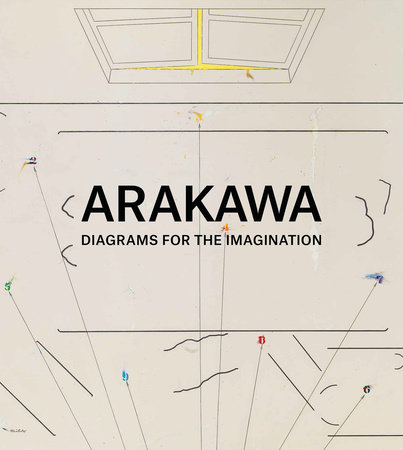Arakawa: Diagrams for the Imagination
Text by Charles W. Haxthausen and Italo Calvino
- Publish Date: September 10, 2019
- Format: Hardcover
- Category: Art - Individual Artists - General
- Publisher: Gagosian / Rizzoli
- Trim Size: 11 x 12-1/4
- Pages: 136
- US Price: $100.00
- CDN Price: $135.00
- ISBN: 978-0-8478-6733-2
